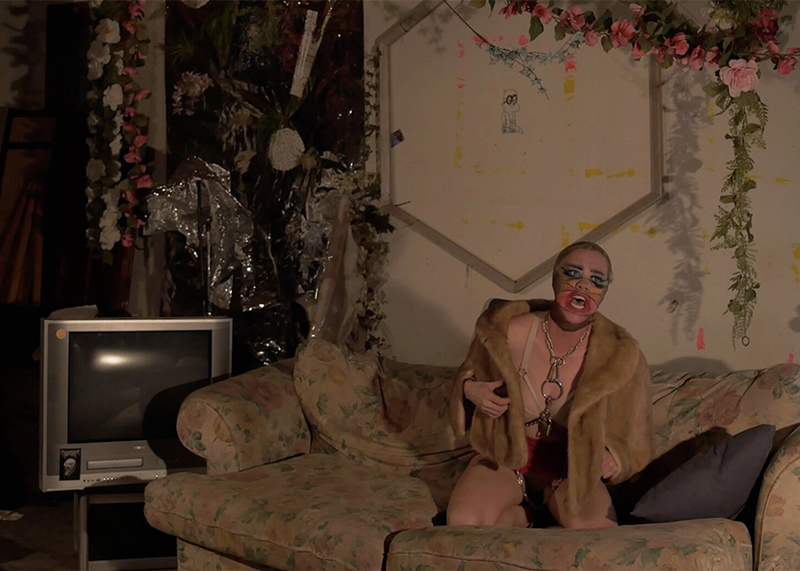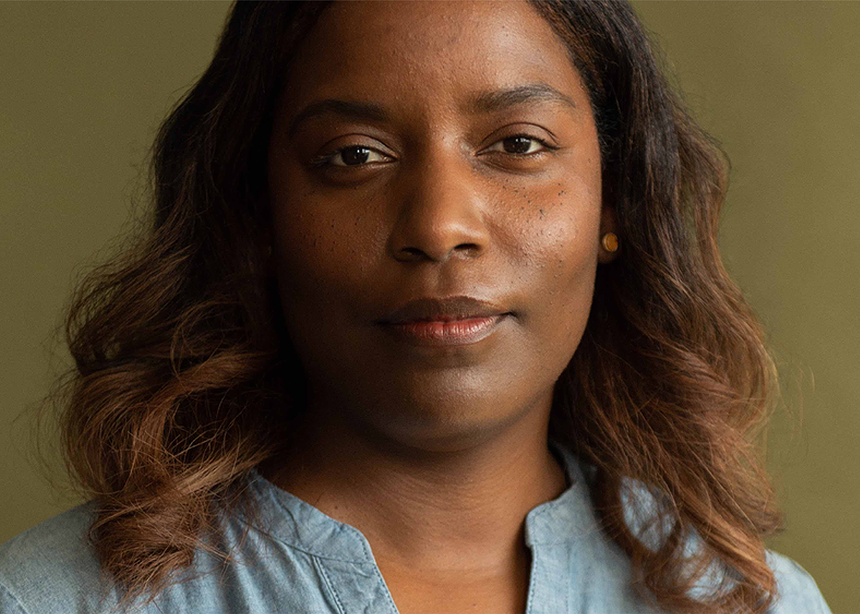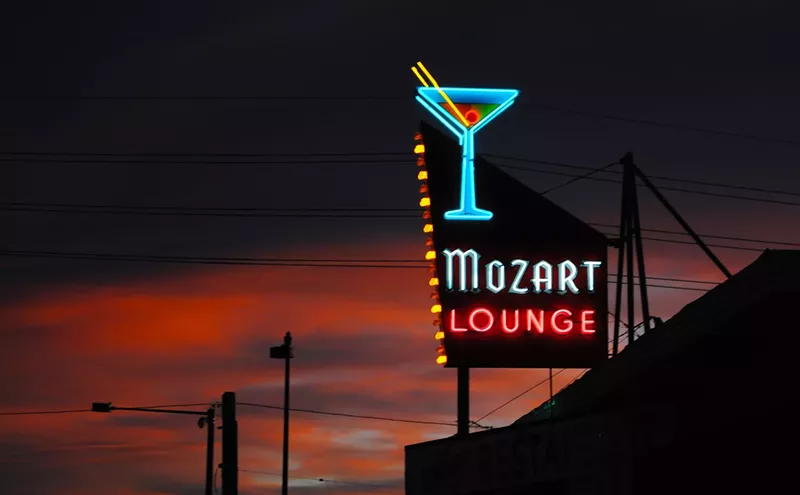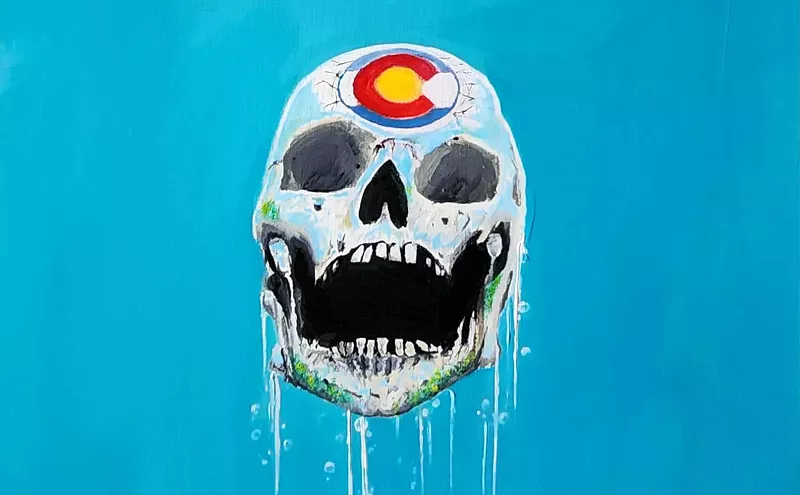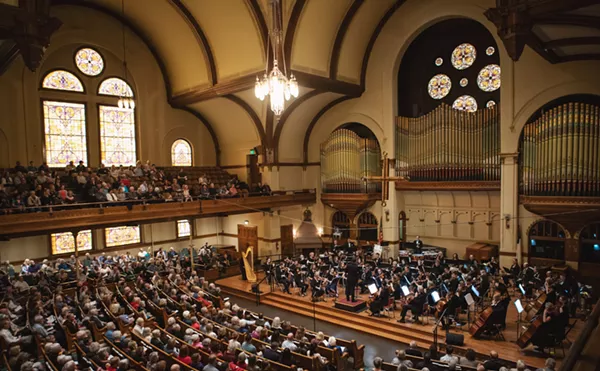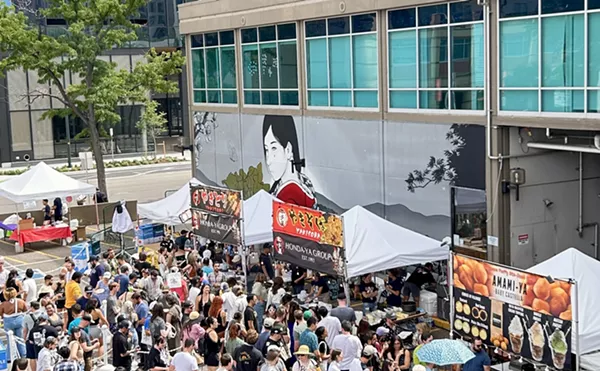The festival is one of the Front Range's best — a lively, diverse and innovative gathering of artists. If the term "documentary" conjures up a picture of dry talking heads and info-graphics, good news: This ain't that kind of a doc festival.
"We think that documentary goes far beyond the cinematic genre. That's not how we conceive of documentary," says Eric Coombs Esmail, the director of the University of Colorado Boulder's Center for Documentary and Ethnographic Media, of which Mimesis is a nonprofit initiative. "We think of it as something much broader than that."
For Mimesis's team, which includes Esmail, festival director Curt Heiner and a passionate programming staff, documentation is a complex and multi-faceted act: Films might lean into (or away from, or mix) such categories as the traditional, ethnographic, docufiction, experimental or documentary arts. Most of the entries stretch the established definition of what a documentary is; some challenge the entire idea of what a film should be.
And no category at Mimesis does that quite as well as this year's focus of documentary arts, sometimes called expanded cinema. The term refers to work that extends "beyond the single screen, beyond those four corners," says Esmail, which "could be a multi-channel installation, it could be a performance piece, it could be physical objects that aren't even necessarily digital media."
Mimesis 2024 - Festival Trailer from Mimesis Documentary Festival on Vimeo.
Documentary arts will get the spotlight with Wednesday's opening night, "Movement Aloud," held at CMCI Studio, which offers an entire suite's worth of these unconventional experiences, arguably some of Mimesis's most thought-provoking, cutting-edge titles. These works aren't just outside of the box: They break the box down entirely, in order to build something completely new."Movement Aloud" includes a live performance of Laura Conway's Lass That Has Gone, with a score by Fragrant Blossom. That will be joined by installations of five other works: Alexandra Juhasz's Holding Patterns, Noah Teachey's How We Stopped It, Kate Trumball-Lavalle's KILLFACE, Dana Berman Duff's Reading Aloud: What Is Power? By Fred Dewey and Nelansh Mittra and Yasmine Mahjoubi's The sound of the ghosts. Installations will be on view at the studio starting at 6 p.m., followed by Conway's performance at 7 p.m. and a filmmaker conversation capping the evening.
To emphasize the non-traditional nature of the night, look no further than Mimesis's description for Lass That Has Gone, which states that it is "a live cinema work, looking like a desktop performance, with scenes from unfinished projects and a talk about the sticky interpersonal situations being a filmmaker creates." Other pieces from the group take the form of audio documentaries (Reading Aloud, The sound of the ghosts) and immersive audiovisual installations (KILLFACE), exploring subjects ranging from environmental activism and pandemic-era technology to the life and experiences of a Parisian tour guide.
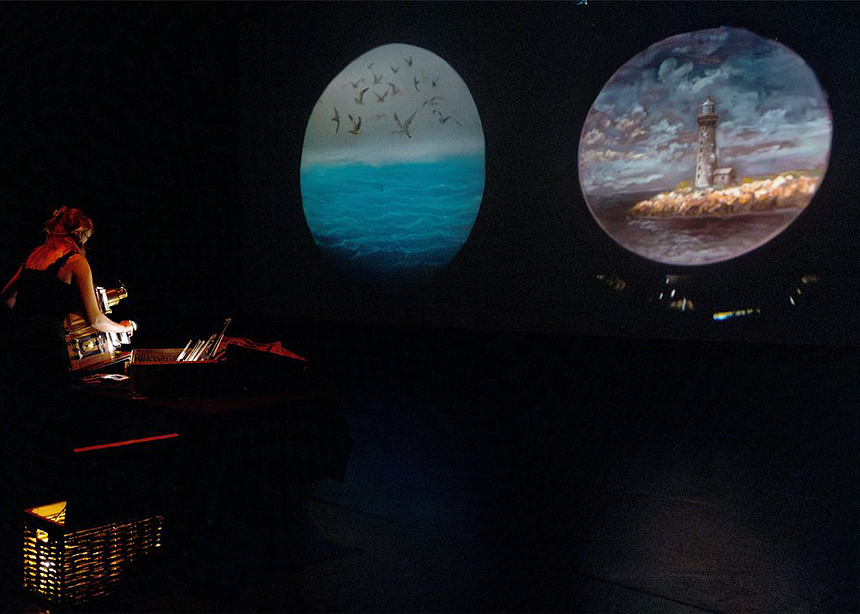
A performance of Melissa Ferrari's documentary arts piece Relict: A Phantasmagoria.
Mimesis Festival
"Making sure that artists are getting something out of the [submission] money that they're putting into it is a big thing for us," confirms festival director Heiner. Too often, he says, artists submitting to festivals find themselves in a vacuum, unsure if their work is getting seen, or of what, exactly, their (always tightly budgeted) dollars are subsidizing.
At Mimesis, however, artists know that regardless of acceptance, they're invited to the show. "Even if you're getting that letter that says there wasn't room for your project this year in Mimesis, your submission fee automatically entitles you to a free virtual pass to the festival," explains Esmail.
That's not just a participation prize — Mimesis's extensive and interactive virtual program is one of its best features. Through it, (almost) every film, every creative conversation and every artist Q&A session is available to watch online — and for a full week after the in-person festival wraps. For non-filmmakers, a virtual pass costs a mere $30. Although the virtual fest initially sprang from the mandatory restrictions of the pandemic (Mimesis debuted in 2020), the festival has kept it alive due to overwhelmingly positive feedback and an inclusive character that fits hand-in-glove with its efforts to center artists.
In all, there are over sixty projects within this year's program. The festival's efforts to support artists, community and transparency include a commitment to sourcing at least 80 percent of its schedule from open submissions, as well as waiving submission and entry fees for CU Boulder students.
One curated guest is this year's Artist-In-Focus, Miryam Charles, a highly esteemed Haitian-Canadian filmmaker whose work has played for festival audiences around the globe. Mimesis will screen her award-winning feature from 2022, Cette Maison (This House), at 8 p.m. on Friday, August 16, and Charles will be on hand for the weekend, hosting a workshop on her sound-mapping techniques that Saturday at 10 a.m. titled Masterclass: Sound through time and space. "The thing about Miryam's work is that it bridges the kind of notion that documentary is the opposite of fiction, which is not something that we subscribe to," says Esmail. In Cette Maison, Charles brilliantly weaves together both fiction and documentary filmmaking techniques to investigate an unsolved tragedy within her own family.
Also of note is the festival's new submission category, "Moving Creatures," developed in partnership with Cool Boulder, the city's initiative seeking nature-based (as opposed to technology-based) solutions to deal with climate crisis. Esmail says that Cool Boulder's approach actually fits well with the outer reaches of documentary practice that Mimesis explores: "A lot of documentary artists are very invested in...articulations of the non-human. How do we talk about things that are not humans while being humans ourselves?"
Standouts from Moving Creatures include the live presentation of "The Axe Forgets," which consists of two performances, Relict: A Phantasmagoria, by Melissa Ferrari, and Strata | a performance of topography, by Hannah Jayanit and Alexander Porter. The pair, which screen back-to-back starting at 1 p.m. on Saturday, August 17, use an intriguing contrast of technology: Relict is based on pre-cinematic "Magic Lantern" devices, and Strata uses game engines to generate imagery alongside documentary material. "They're so kind of completely different, in terms of the technology being used, but both very much fall into the documentary arts ethos that we're excited about," says Esmail.
Mimesis year five will therefore showcase a maturing festival doing what it does best: letting art spill out across art and investigating what happens. After all, as Esmail attests, in a similar way, documentarian impulses aren't confined to the screening room or the installation space — they invade it from our chaotic lives.
"These artists that we're bringing out to Boulder this year are very much on the forefront of pushing the boundaries of what it means to articulate the world in times of social disarray, political chaos [and] environmental catastrophe," he says. "They start to help us make to sense of it, to be able to live within that world in a more meaningful, more informed [and] more intentional way."
Mimesis Documentary Fest is from Wednesday, August 14, through Sunday, August 18, at the Dairy Arts Center, 2590 Walnut Street, Boulder. Tickets for individual screenings are $12, festival pass is $80.
Opening Night: Movement Aloud is 6 p.m. Wednesday, August 14, at the CMCI Studio, 1301 Walnut Street, Boulder. Tickets are $12. Virtual Festival Pass is $30, available at mimesisfestival.org.

